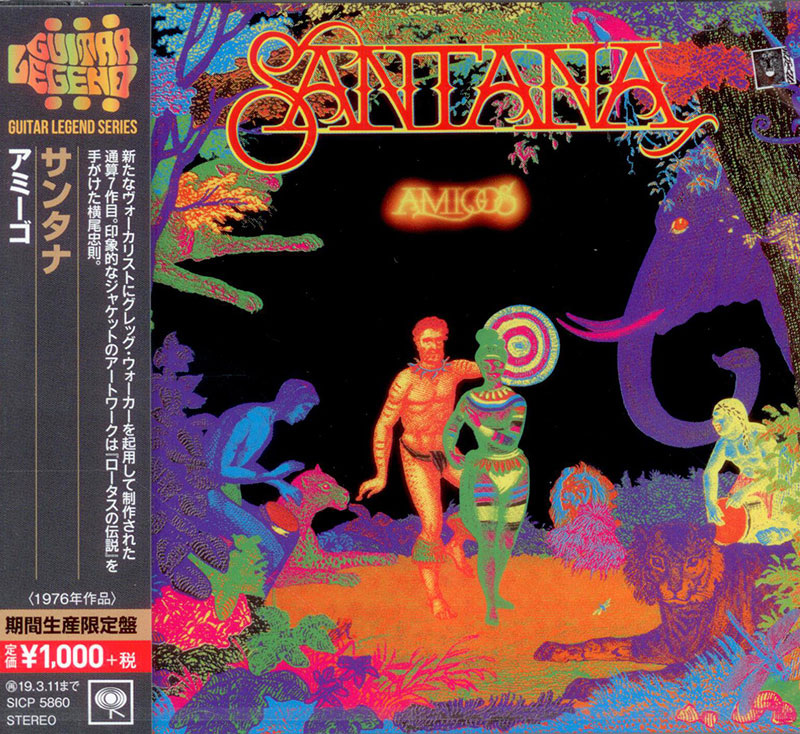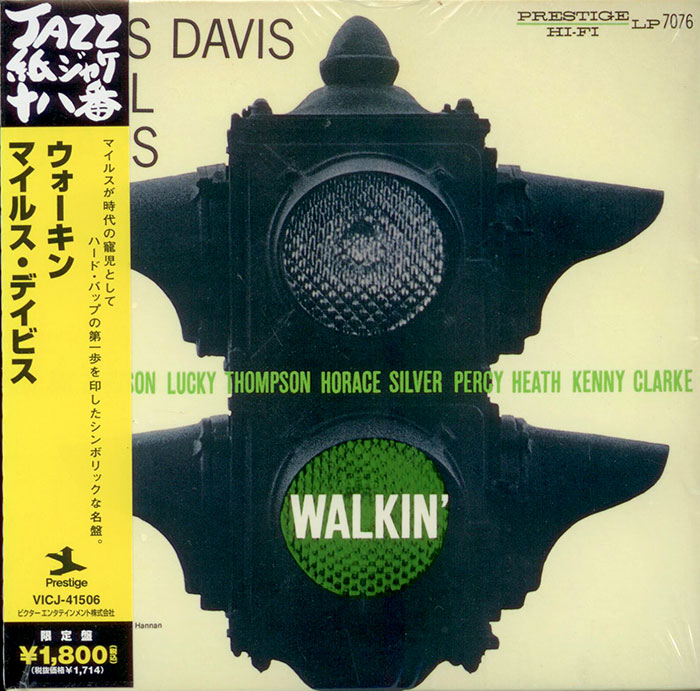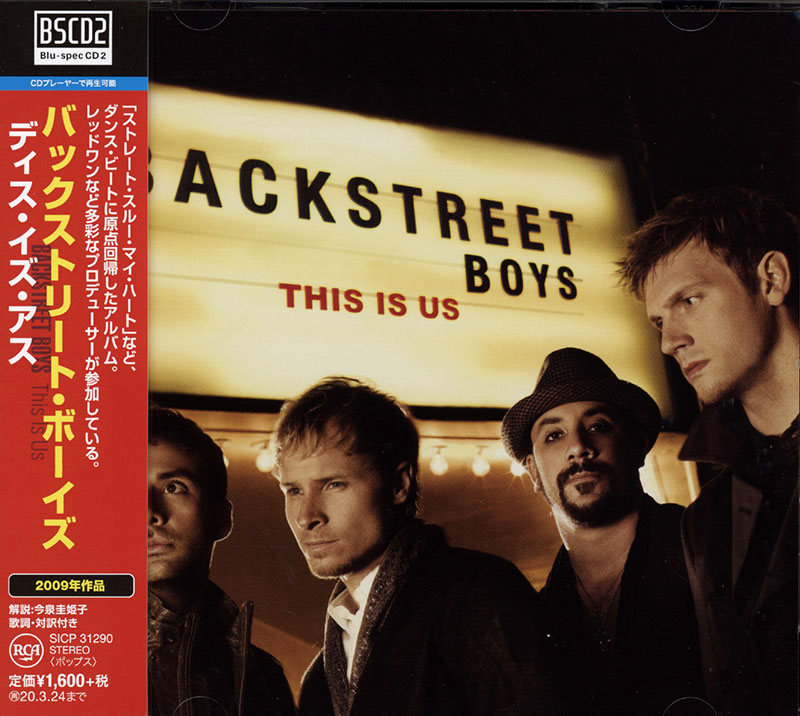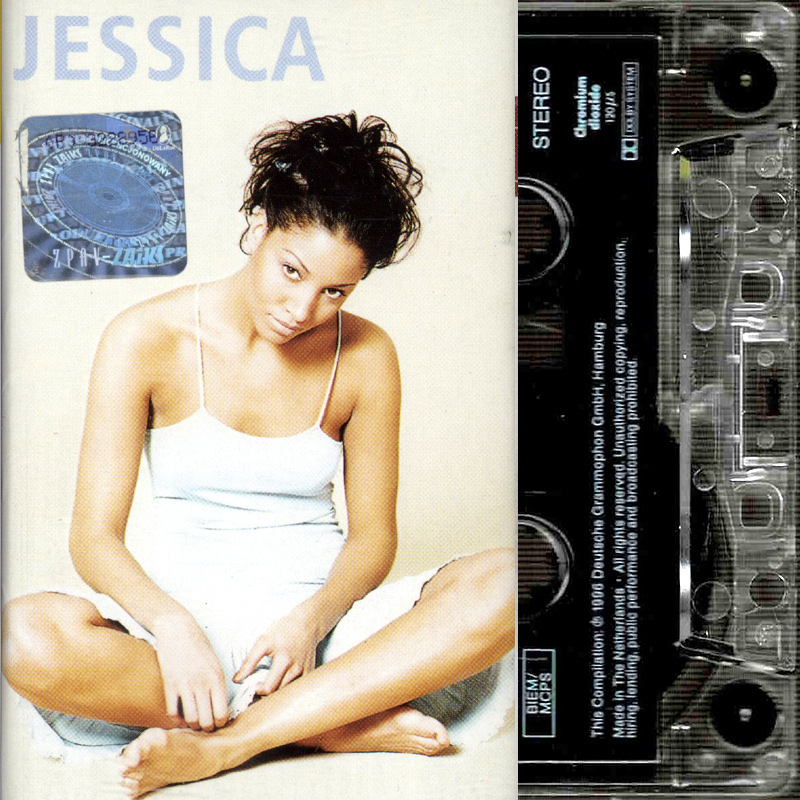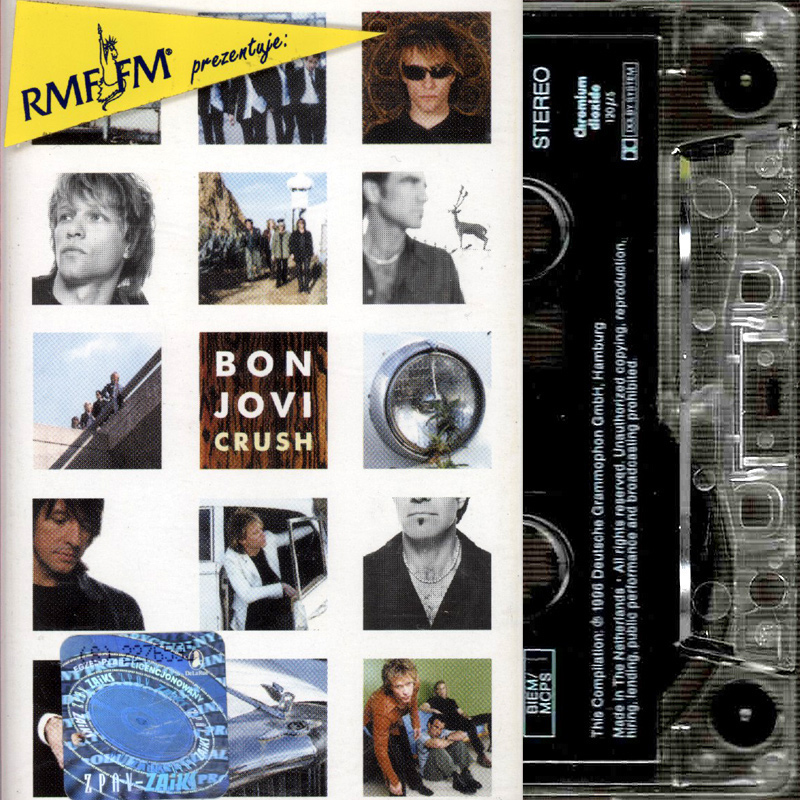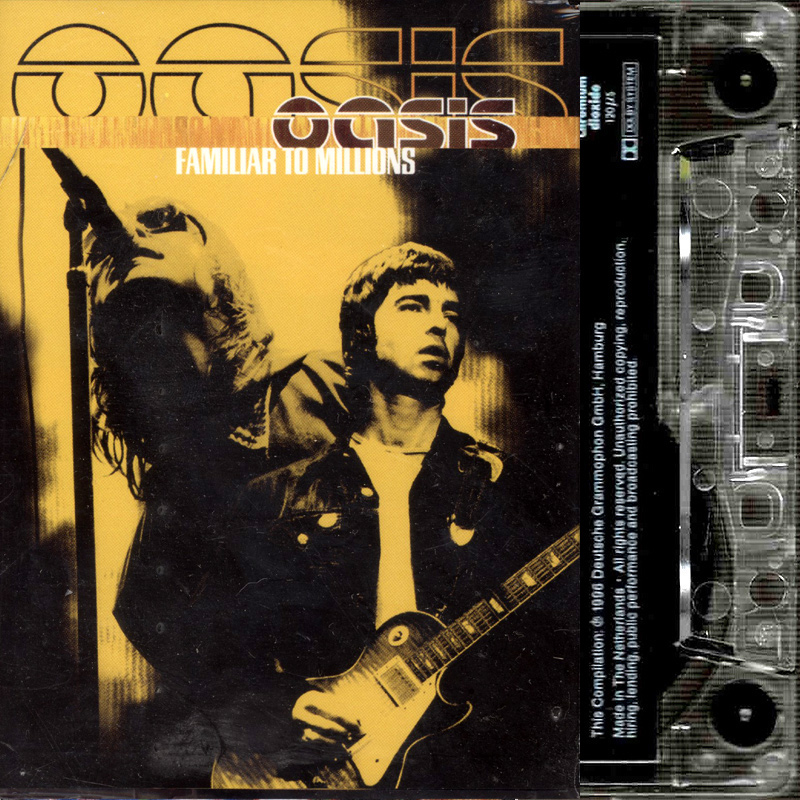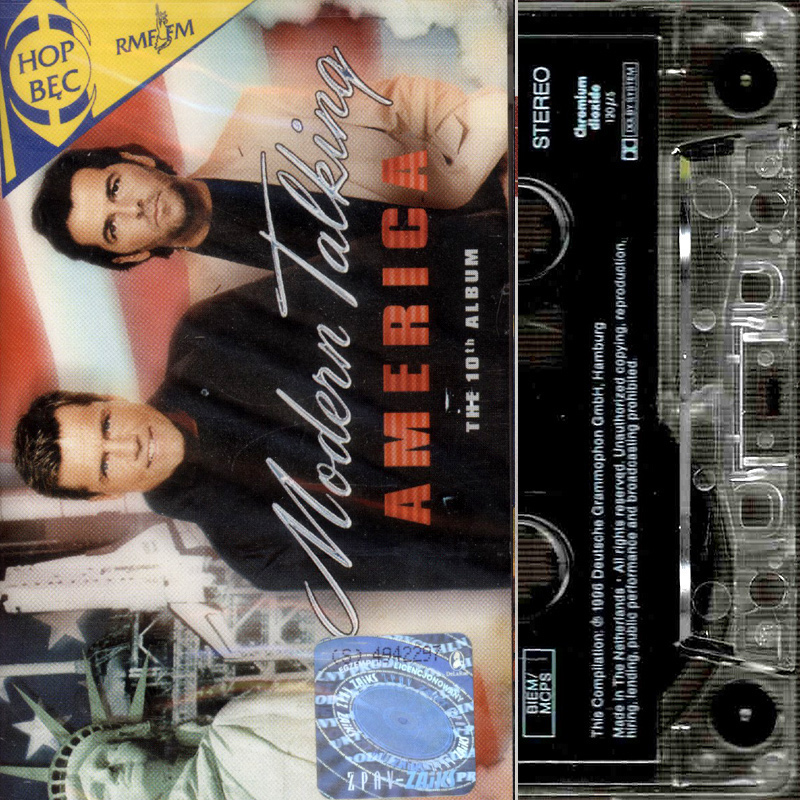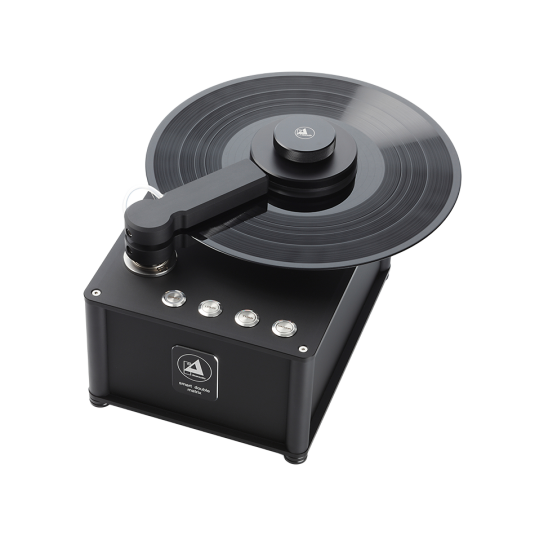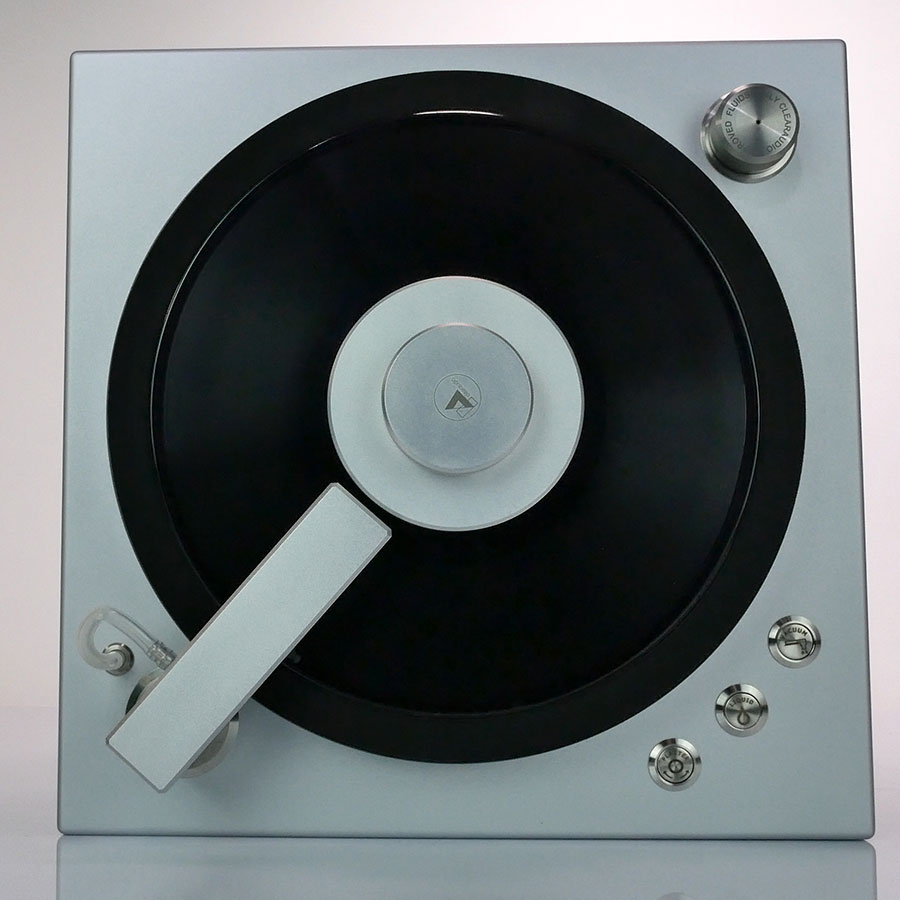Logowanie
Mikołaj - ten to ma gest!
Miles Davis, Horace Silver, Jay Jay Johnson, Percy Heath, Kenny Clarke, Lucky Thompson
Walkin'
20bit K2Super Coding - ale jak to brzmi!
Kasety magnetofonowe
Winylowy niezbędnik
ClearAudio
Double Matrix Professional - Sonic
najbardziej inteligentna i skuteczna pralka do płyt winylowych wszelkiego typu - całkowicie automatyczna
Buddy Holly & The Crickets The Chirping Crickets
Buddy Holly & The Crickets The Chirping Crickets
- Buddy Holly & The Crickets The Chirping Crickets - group
Country, rockabillly and R&B fused into epochal rock 'n' roll One of rock's greatest albums, this is the debut album by the Crickets and the only one featuring Buddy Holly released during his lifetime. The Chirping Crickets contains the group's number one single "That'll Be the Day" and its Top Ten hit "Oh, Boy!." Other Crickets classics include "Not Fade Away," "Maybe Baby," and "I'm Looking for Someone to Love." These are among the best rock 'n' roll songs of the 1950s or ever, making this one of the most significant album debuts in rock 'n' roll history — "ranking with Elvis Presley and Meet the Beatles," writes AllMusic. What has Analogue Productions done to kick this classic album up a notch? For starters, the album was remastered by Kevin Gray at Cohearent Audio. Secondly, the album features state-of-the-art plating and pressing on 200-gram heavyweight vinyl at Quality Record Pressings, maker of the world's finest-sounding LPs. Stoughton Printing provides a sturdy old-style tip-on jacket to round out the package. Born Charles Hardin Holley on September 7, 1936, in Lubbock, Texas, Holly was nicknamed "Buddy" by his mother. She felt that his given name was too big for her little boy. "Holly," the altered form of his last name, would later result from a misspelling in his first recording contract. Holly learned to play piano and fiddle at an early age, while his older brothers taught him the basics of guitar. In early 1956, Holly and his band began recording demos and singles in Nashville under the name Buddy Holly and the Three Tunes, but the group's lineup was later revised and dubbed The Crickets. Holly wrote and recorded his breakthrough hit, "That'll Be the Day," with The Crickets in 1957. The song's title and refrain are a reference to a line uttered by John Wayne in the 1956 film "The Searchers." Between August 1957 and August 1958, Holly and the Crickets charted seven different Top 40 singles. Composer and singer John Fogerty, of Creedence Clearwater Revival fame, inducted Buddy Holly into the Rock And Roll Hall of Fame at the 1986 Hall of Fame induction ceremony. What Buddy Holly meant to him, Fogerty said, was destiny calling. Fogerty, 12, bought "That'll Be The Day" and soon began dreaming of forming his own combo, like the group of musicians — The Crickets — he saw on the album cover. And in Liverpool, England, "the same thing was going on with four other guys. They named their group The Beatles, because Buddy Holly's group was called The Crickets. "We are, each of us, made up of the people we love and the people we admire," Fogerty, said. "We take those reflections, and hopefully, grow." Holly's talented life was cut short in a plane crash on Feb. 3, 1959, that also claimed the lives of Ritchie Valens and J.P. "The Big Bopper" Richardson. This album is a tribute to what was, and what might have been a lengthy pioneering musical career. "This album, originally released in America on November 27th 1957, is unusual in that rather than containing one or maybe two hits and a great deal of filler, it's all good with no filler. Not all of it was recorded in Clovis as the band was in demand and on tour. "You've Got Love", "An Empty Cup (And a Broken Date" (both co-written by Roy Orbison), "Rock Me My Baby" and "Maybe Baby" were recorded September of 1957 "after hours" in the Officer's Club at Tinker Air Force Base in Oklahoma City where Petty had set up his gear shlepped from Clovis, during a short tour break. "On "That'll Be the Day" Larry Wellborn plays bass and there's a backing trio featuring June Clark and Gary and Ramona Tollett. On "Oh Boy" as well as on the Tinker Air Force Base tracks a group called The Picks (Bill and John Pickering and Bob Latham) provide backing vocals. "That's worth mentioning because even if you've previously heard these tracks, you've not before heard them with the clarity, transparency and punch that you'll hear on this remarkable reissue—a dream come true (albeit a short one!) for Buddy Holly fans. Kevin Gray cut from the original master tape—something if you doubt reading this, you won't when you hear the record. "Yes it's sometimes bright and it's obviously basic mono, but it's also thrillingly transparent and detail filled. The top end is clean, "crisp" (in the best sense of the word) and downright incredible considering the tape's age. It must have been recorded to the pretty much indestructible Scotch 111, but I'm just guessing. You've never heard the classics: "Oh Boy", "Not Fade Away", "Maybe Baby", "That'll Be the Day" and "I'm Looking For Someone to Love" sound this fresh and vibrant. "...Six short songs per side still makes for an electrifying listen all these years later. Buddy Holly died in that February, 3rd 1959 plane crash at the age of 22 that also killed Ritchie Valens and J.P. "The Big Bopper" Richardson near Clear Lake Iowa. It was the day, as Don MacLean sang, the music died. This reissue almost brings the music back to life." - analogplanet.com




